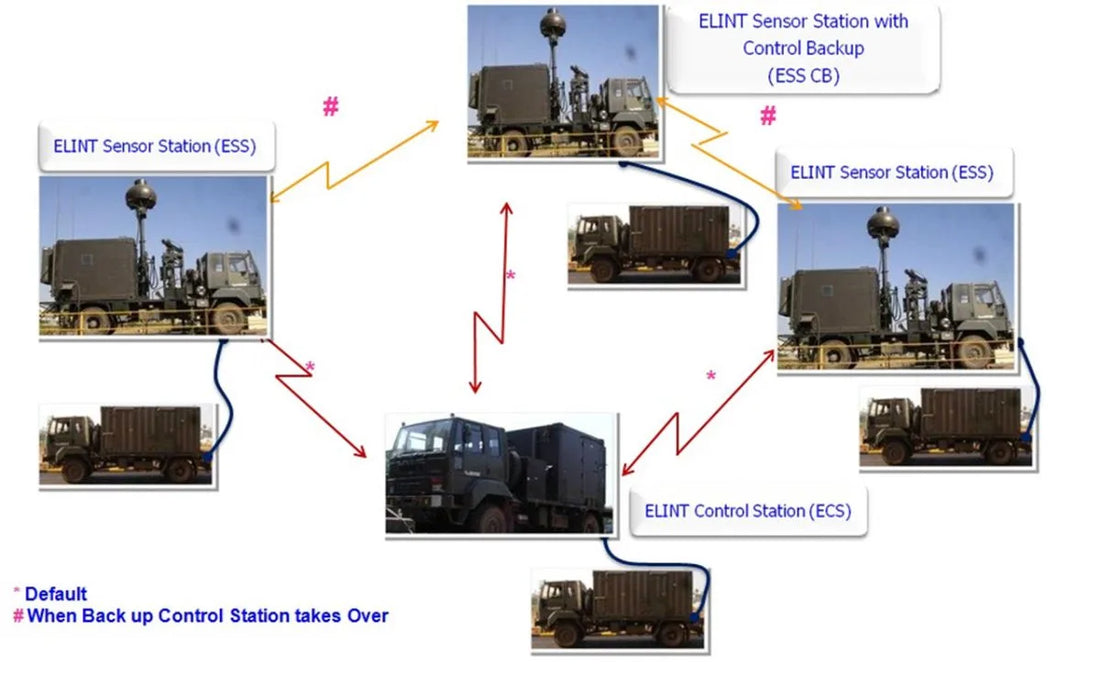Indian Army Enhances Electronic Warfare with New Ground-Based Mobile Intelligence System

The Indian Army has taken a significant step forward in enhancing its electronic warfare and battlefield surveillance capabilities by approving the deployment of an advanced Ground-Based Mobile Electronic Intelligence System (GBMES), valued at over ₹1,000 crore.
This cutting-edge system is engineered to intercept, track, and analyze enemy radar and communication signals in real-time. It provides commanders with superior situational awareness, offering an operational advantage in both offensive and defensive operations.
The GBMES is equipped with high-precision geo-fixing technology, allowing it to accurately locate hostile emitters. This capability facilitates coordinated strikes using artillery, missile, and air assets. Designed to be fully mobile and mounted on all-terrain vehicles, the system is capable of rapid redeployment across a variety of terrains, including the high Himalayas and desert sectors.
Developed domestically under the leadership of the Defence Research and Development Organisation (DRDO), this project represents a significant milestone in India's pursuit of self-reliance in advanced defense technologies. Key DRDO labs, such as the Defence Electronics Research Laboratory (DLRL) and the Centre for Electromagnetic Science and Technology (C-EMST), were instrumental in developing the system's signal classification and emitter identification algorithms.
The GBMES will serve as a crucial component within the Army's Network-Centric Warfare architecture, integrating effortlessly with the Battlefield Management System (BMS) to enable faster decision-making and coordinated targeting.
A collaboration between public and private sectors, the system includes ruggedized platforms, secure communications, and domestically developed components as part of the Make in India initiative.
By allowing the Army to detect, classify, and neutralize enemy electronic assets with precision, the GBMES signifies a transformative advancement in India's Signals Intelligence (SIGINT) and Electronic Warfare capabilities. It strengthens national defense readiness in an increasingly contested electromagnetic environment.



















